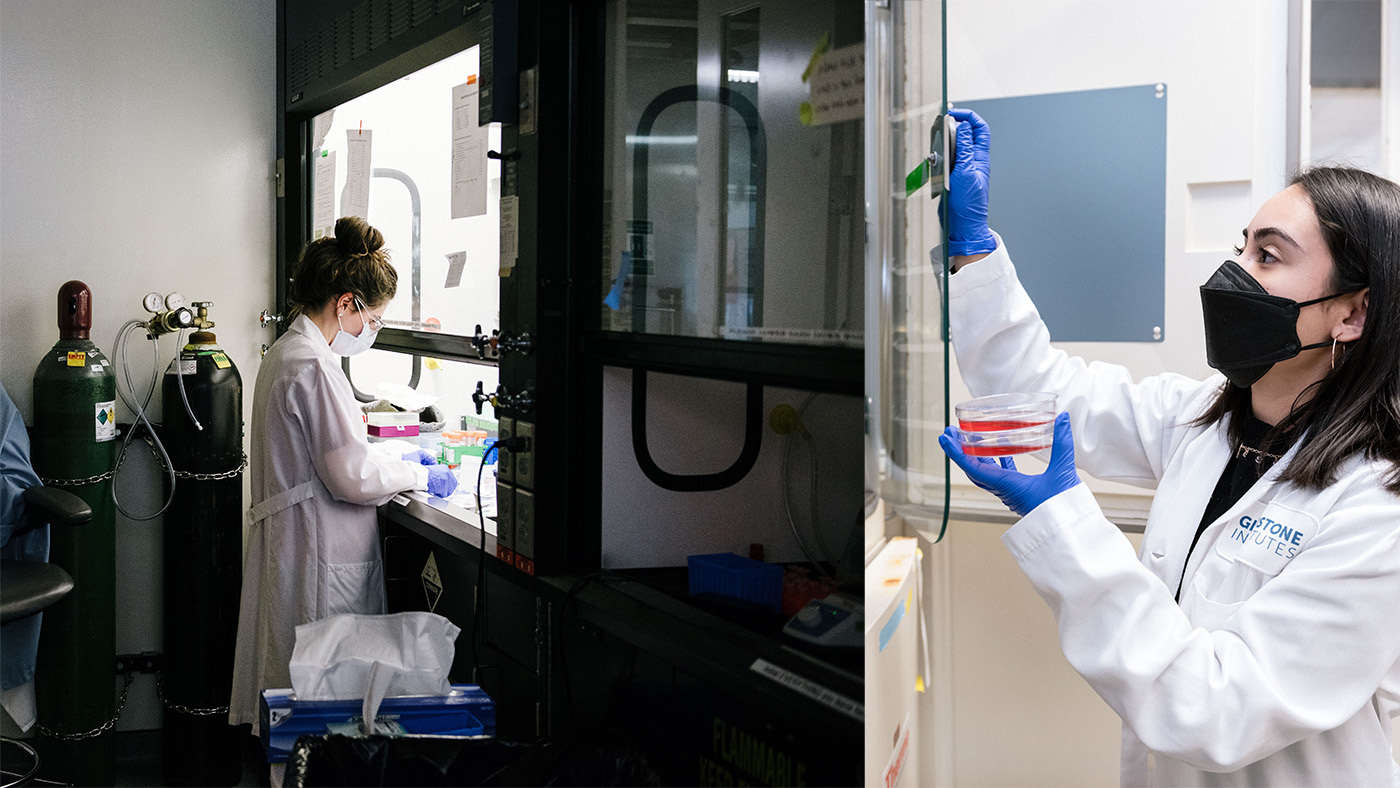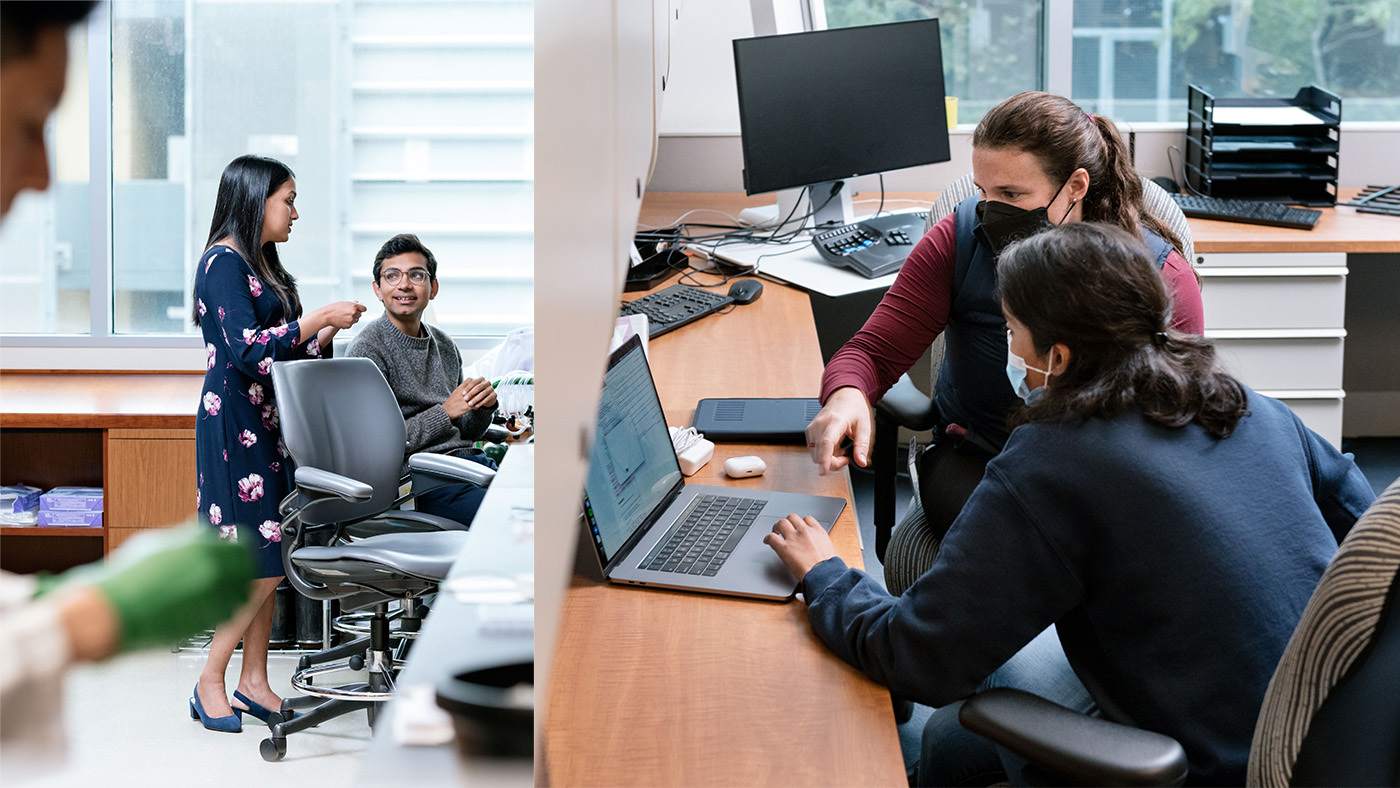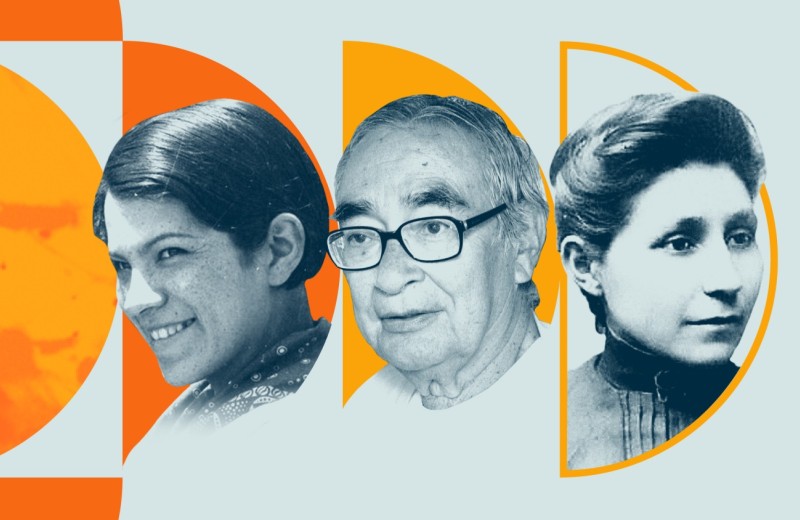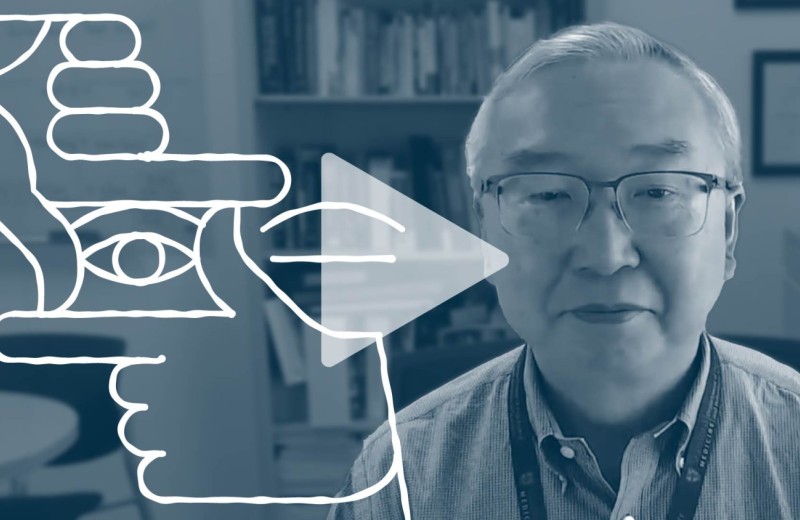Gladstone NOW: The Campaign Join Us on the Journey✕

For International Women's Day, Gladstone's president acknowledges that women continue to face barriers to advancement in science and urges other organizations to take action to reach equality for women. (Photo: Irene Lew, former research assistant in the Paz Lab at Gladstone)
Last year, as a Gladstone community, we screened and discussed the film Picture a Scientist, which highlights the gender inequities that exist in STEM fields. I watched the film with my two teenage daughters, and I remember being struck by the fact that they were not surprised by the display of harassment and slights against women. It saddened me that this simply seemed to reflect the world as they understand it.
It can be easy to overlook the ongoing struggles for women’s rights and equality. Many of today’s issues have been normalized, masked by the male-dominated systems that guide most industries. But when you look closely, you can start to see a clearer picture of the challenges we face and the progress that still needs to be made, especially in science and academia.
Women continue to face barriers to advancement in science. In fact, the representation of women diminishes substantially across higher ranks—a situation that hasn’t improved much in the past 35 years. In addition to being less frequently promoted, women are still paid less than men in comparable positions and receive smaller grants. And, more than half of women working in academia experience sexual harassment. Unfortunately, the challenges are usually worse for women of color or those from the LGBTQ+ community.
The COVID-19 pandemic has only exacerbated the situation for many women in STEM, particularly those with caregiving responsibilities at home. Women in academia published fewer papers and obtained less grant funding, putting junior female scientists at risk of not meeting expectations for tenure or promotion. The pandemic is also causing more women in academic medicine to consider leaving the field or to decline leadership positions.
We can—and must—do better.

Left: Ana Silva, scientist in the Bruneau Lab, working under a hood. Right: Vanessa Arreola, research associate in the Yamanaka Lab, preparing stem cell samples for sequencing in a tissue culture room.
Today, March 8, is International Women’s Day. It’s a day to celebrate women’s achievements, while also calling for the acceleration of women’s equality.
To this end, I am encouraged by some of the progress we’ve made at Gladstone since launching our diversity, equity, and inclusion strategy in May 2021. As a result of our efforts this past year, we have already seen an improvement in the representation of women in our own community. For example, we have seen a 33 percent increase in the number of women in leadership positions (from 12 to 16), and a 57 percent increase in women investigators (from 7 to 11).
We also increased the diversity of Gladstone’s scientific leadership team, which was solely composed of men until 2018. Now, two of our five institute directors are women. And we added a new seat on the Executive Committee reserved for one of our female investigators.
I know that our work is far from over. Every year, Gladstone reviews gender parity, with a focus on pay and promotion, as part of our normal practice. This year, we will perform a deeper dive by not only looking at these factors, but also exploring how women across the organization experience Gladstone, including our environment and culture.
As part of our DEI strategy, we are also reviewing our anti-harassment policy and determining how to implement recommendations from the National Academies of Sciences, Engineering, and Medicine to prevent and effectively address sexual harassment of women. This is in addition to a reporting system we’ve already launched that allows employees to anonymously report incidents related to violations of Gladstone’s code of conduct and policies, including sexual or other harassment.

Left: Assistant Investigator Isha Jain, talking with Ayush Midha in the lab as Alan Baik works at a bench. Right: Aishwarya Mandyam and Senior Investigator Barbara Engelhardt in conversation.
Actions like these are required for reaching equality for women. I encourage other organizations in STEM, and across all fields, to look within their own communities and see how they can start making changes, and to speak with individuals to better understand their experiences and challenges, and listen to their suggestions for improvement.
If we don’t improve and make science happen in an equitable work environment, imagine all the outstanding contributions we would be missing out on from women who instead leave the field. It’s easy if you consider the influence women have already had on science throughout history.
At Gladstone alone, we can point to investigators who have pioneered fields and made transformative discoveries, promising early-career scientists who are tackling old problems in new ways, and PUMAS interns who get their first exposure to research in our labs and will move on to accomplish great things.
These are women I admire. And we can’t stop making progress until all scientists benefit from the same rights, advantages, and opportunities—regardless of their gender.
Deepak Srivastava, MD
President, Gladstone Institutes
Highlighting Native American Scientists
Highlighting Native American Scientists
Learn more about these indigenous scientists who’ve made an impact on their fields
Communications DiversityNeurodiversity in the Workplace
Neurodiversity in the Workplace
Hear about the “Strengths-Based Model of Neurodiversity” and how it can help neurodiverse individuals be successful in finding employment and in maximizing their professional potential
Communications DiversityPUMAS Program Receives Five-Year Grant to Fuel Outreach, Diversify Science
PUMAS Program Receives Five-Year Grant to Fuel Outreach, Diversify Science
The impactful summer internship program, created at Gladstone Institutes, immerses select undergraduates in cutting-edge science
Postdoctoral and Graduate Student Education and Research Development Affairs Student Outreach and Science Education Institutional News Diversity



